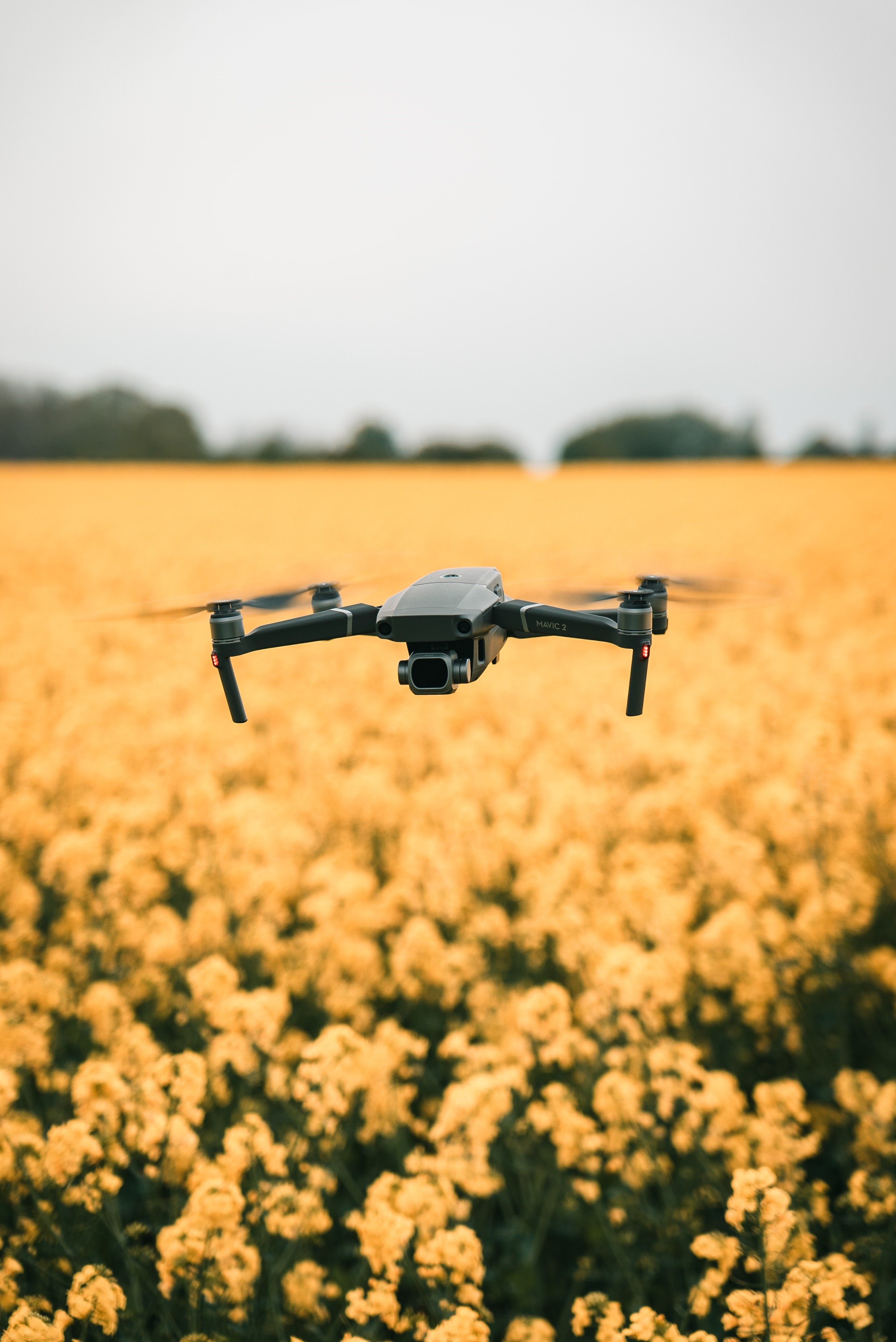Smart agriculture is the science and art of improving farming with technology. Innovations in farming are by no means new – since the invention of the wheel and the plough, the industry has been adopting new tools and ways of working for centuries.
Today, as we move into the era of the high-tech farm, technologies are emerging which disrupt the way farmers monitor, manage and view every aspect of agriculture. Growing enough food to feed a population has never been easy and – as the strain on resources increases – it is more important than ever to invest in innovative technologies that can ease the burden on the industry, says Shawn Chandler, past chair – IEEE Internet of Things Smart Cities Working Group.
The growth of connection and data collection
In traditional outdoor large-area farming, there has been a revolution in using key technologies such as communications networks and networked sensors to monitor crop conditions and the environment. Agricultural sensors enable farmers to access real-time data from remote measurement tools that report on soil moisture, temperature and pH.
Similarly, environmental sensors can measure insolation (the amount of sun over a given area), rainfall, wind speed, air temperature and humidity. Most recently, drones have been used to survey crops or pests and, when connected to communication networks, monitor and report on large areas of farmland in real-time. Ultimately, all of these tools are helping farmers to work more land with less physical presence.
With budgets and space becoming increasingly restricted, more farmers are turning to automated equipment. Using technology, they can plant, water, maintain and harvest crops with the highest efficiency, which helps to improve the use of land, resources and time. This is particularly important when it comes to planting and watering. With planting, automated planting can optimise the use of land and sow the highest number of plants for a given area.
In watering, traditional surface watering methods have well-known inefficiencies due to irrigation and evaporation, overwatering, and the types of sprinkler used. Research shows that newer irrigation practices can reduce water usage by as much as 50% and still maintain crop yields. With indoor farming, farmers can also precisely control LED lighting and photoperiod (the length of time crops are exposed to light) to reduce the costs of energy and increase yields.
Finally, with data in the modern farmer’s toolbox, all areas of agriculture can benefit from investment in data analytics. Combining existing datasets with machine learning and intelligent systems can spot patterns and send alerts or notifications. All this can contribute to increasingly informed and improved decision making for the farmer.
New technologies, new challenges
Indeed, while these new technologies sound like obvious choices for the modern farmer, they are not without their own set of challenges. For any method of remote data collection, a communications network is required to integrate data from multiple sensors or other devices such as automated equipment or drones in the fields.
Such a network means third-party network provisioning or purchasing and maintaining a privately owned network. While the newest private networks would have the best capabilities for data throughput and can manage communications with thousands of devices, the cost and technology support requirements could be prohibitive.
On top of this, data storage is also an issue that requires careful consideration and advanced planning. Many sensors vary in how much, and how often they collect data. Finally, sensors come in many forms and with different capabilities.

Complex sensors with many features and measurement capabilities will cost more, and will also have a shorter performance periods before needing attention for battery replacement. Additionally, complex sensors tend to communicate larger data packets, meaning better network throughput, fewer sensors, or timed communication planning in advance.
Smart business models often use software to manage the supply and demand pressures of the enterprise. In farming, the entire process from farm to table may be software managed and sensor monitored, reducing overall costs, improving overall yield and quality of the supply, and improving distribution logistics.
However, making use of such software requires technical skills and training. In tandem, those assessing the data also need to know when to water a crop, or what the minimum level of soil moisture is. As such, for successful smart agriculture the knowledge of farming and technology must be considered holistically to ensure success.
In the smart farm, technologies like sensors, networks and data are coming together to improve the whole industry from sowing to harvest and beyond. As technology changes the farm, it will change farmers too, enabling remote monitoring of fields and crops, and data analytics to distribute their presence effectively over large areas of land and guide their attention to where they are needed most. With higher demands on farmers than ever, these technologies combined with management software are creating a virtual ecosystem where resources and the food produced are more efficiently managed throughout the farming process.
The author is Shawn Chandler, past chair – IEEE Internet of Things Smart Cities Working Group
Comment on this article below or via Twitter: @IoTNow_OR @jcIoTnow










